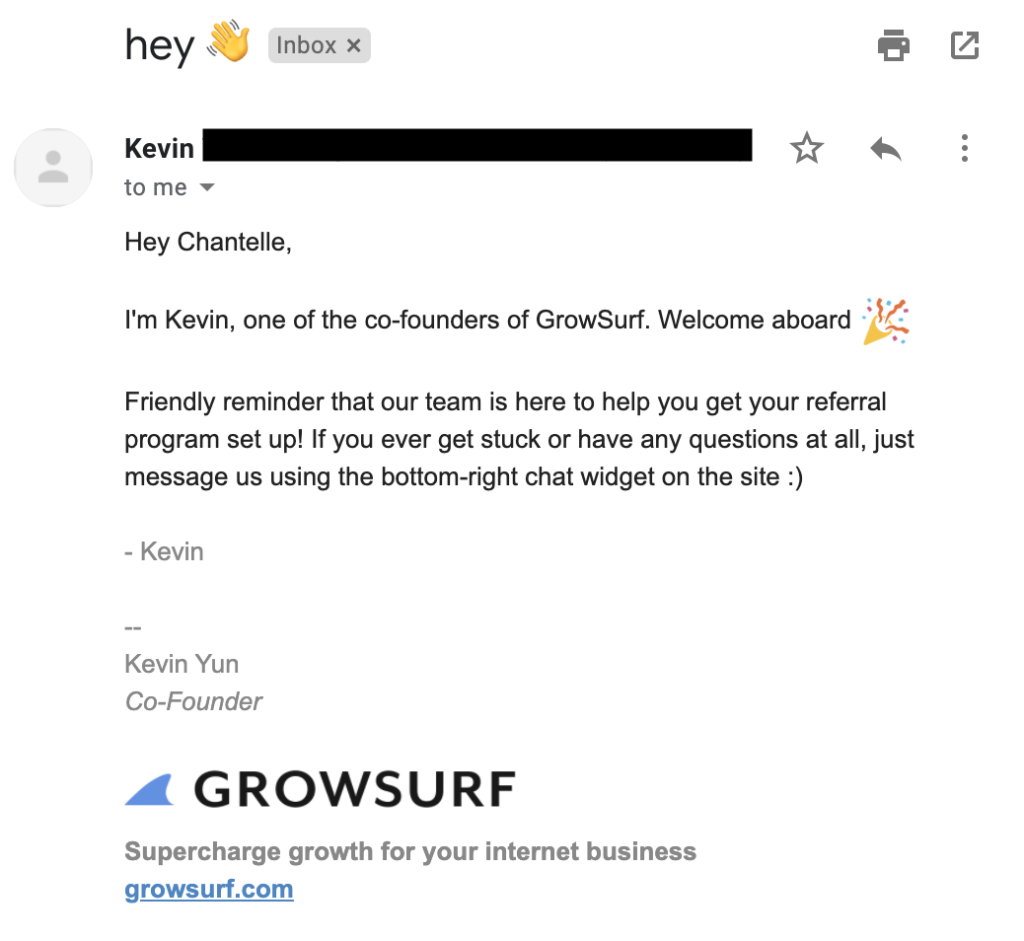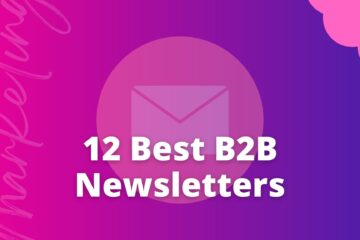
A Complete 2021 Guide to Onboarding: How to Keep Your Customers & Reduce Churn

Onboarding matters because it touches every single one of your customers (or users).
At its simplest, it’s defined as the experience between signing up and becoming a user. And this space presents a key opportunity when tackling the issue of reducing your churn rate and maximizing customer / user retention.
With most products, time and attention are often inversely proportional. The more time passes, the more your users become less inclined to spend active time with your product.
Onboarding, which generally coincides with when they first begin to use the product, marks when you have peak levels of attention, engagement and enthusiasm.
With onboarding, because it’s your customer’s first direct experience with the product, it creates the first impression. And that first impression will stick with the user long beyond onboarding.
So building the right foundation for a lasting relationship needs to happen during this period.
Kirsten Berman of Irrational Labs recommends you don’t even call it onboarding when speaking with customers. “Consider replacing the term onboarding with orientation when designing a first time user experience. Onboarding tends to refer to the administrative part of an orientation process. Orientation hints at something bigger.”
Related Content: How Zoom’s Customer Experience Strategy Created Brand Success
When onboarding is designed correctly, it increases the likelihood of successful adoption and can drive major growth and retention for your product.
You also want to closely monitor user behavior during this timeframe to determine general satisfaction and help identify areas for improvement.
Types of Onboarding
There are two types of onboarding:
- Active, such as 1:1 white-glove experiences to get a user started
- Passive, which are the actual design features that affect user experience
Marketing automation platform HubSpot and email client Superhuman provide examples of active onboarding processes by directly engaging new users for personal communication.
Honing in on Superhuman, a designated onboarding specialist reaches out to new users for a 30-minute consultation. It’s a high-touch tactic that isn’t scalable, but certainly impresses users and can lead to them associating higher value with your product.
Predicting Retention Rate
One of the biggest determinants of the user retention rate chart is the first impression you make during user onboarding.
According to HubSpot, there are 3 phases of retention:
- Short-term (Week 1): Use product more than once
- Mid-term (Week 1 to Week 4): Establish pattern of usage
- Long-term (Week 4+): Rely on product as indispensable
The biggest drop in product retention is usually in short-term, or during onboarding, which makes it the best target for improvements.
User experience and behavior during onboarding also serves to help you predict long-term retention.
Related Content: Studies Show Bad UX is Expensive and Hurts Your Profits
Let’s use Facebook as an example.
The Facebook growth team split users into 2 simply defined groups: those who became engaged, daily users and those who didn’t.
They discovered something surprising.
Engaged users had added at minimum 7 friends within the first 10 days of signing up (during onboarding).
That number became their activation metric. It helped provide a concrete goal they could monitor and use to prioritize their UX optimization efforts.
Ultimately analytics like these helped them figure out how to drive platform users to 1B+.
What’s Your Users’ Aha Moment?
A major step toward improving customer retention is clearly defining a user’s “Aha!” moment. This is the moment when the value of your product for achieving their goals becomes clear.
According to venture capitalist David Skok, the “Aha!” moment is “where your buyer suddenly sees the benefit they get from using your product, and says to themselves ‘Wow! This is great!’”
Your job is to figure out what the customer’s “Aha!” moment is, while not assuming or prescribing the answer to that on your own.
- Start by defining a performance metric that will indicate success (ex: long-term retention)
- List out all the user metrics you’re tracking during the defined onboarding period
- Perform regression analysis to figure out relationship between metrics
Onboarding Best Practices
Let’s review some onboarding best practices.
First, emphasize the Aha! moment or product value.
Here’s an example of what users see when signing into the Cameo app for the first time. A real user video that attempts to create a visual of the Aha moment, which is the emotional impact on the user.
Next, you need to clearly define your activation metric.
For example, the team at Drift defines the “Aha” moment as setting up the first bot, which is also tied to long-term user retention.
So simplifying the bot setup process was essential, which they addressed with a basic, step-by-step walkthrough.
Thirdly, keep it simple and brief.
With Slack, they set up an onboarding process that keeps things not only brief, but also highlights key features upfront.
They use in-app prompts to quickly intro new users to different aspects of the platform and encourage interaction. You can see it’s also presented with an element of gamification to promote completion.
Other Great Onboarding Examples
Finally, personalize the experience.
Flipboard offers a great example of this.
They let users select what kind of content they want to see in the app to create a more individual content experience.

Another great onboarding experience that is personalized and simple: Public.
Public tries to make investing more social and accessible. Their mobile onboarding experience lets users build their account step by step with a number of prompts.
They also let users personalize their content feed. And Public incentivizes onboarding completion by offering free stock in a brand of choice.
And here’s another onboarding example I recently came across.
I signed up for a free trial of Growsurf, a company that makes it easier to set up a referral program for your product or newsletter.
And I received an onboarding email workflow that included a note from the company’s co-founder, Kevin Yun.
A note from an executive, and more specifically from the CEO or founder, goes a long way toward establishing a great relationship with a new customer. These can be easily mapped out and automated using a digital marketing platform.


Content from articles by Gaby Goldberg, Kirsten Berman and UXCam helped inspire this post.
Read more about improving customer experience: Studies Show Bad UX is Expensive and Hurts Your Profits
Want more tips and recommendations on how to set up the right influencer marketing strategy? Connect with me on LinkedIn or sign up for my newsletter and get marketing insight delivered to you weekly.


